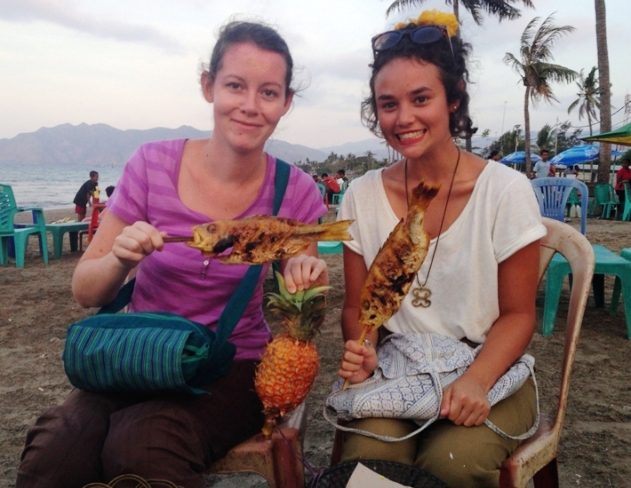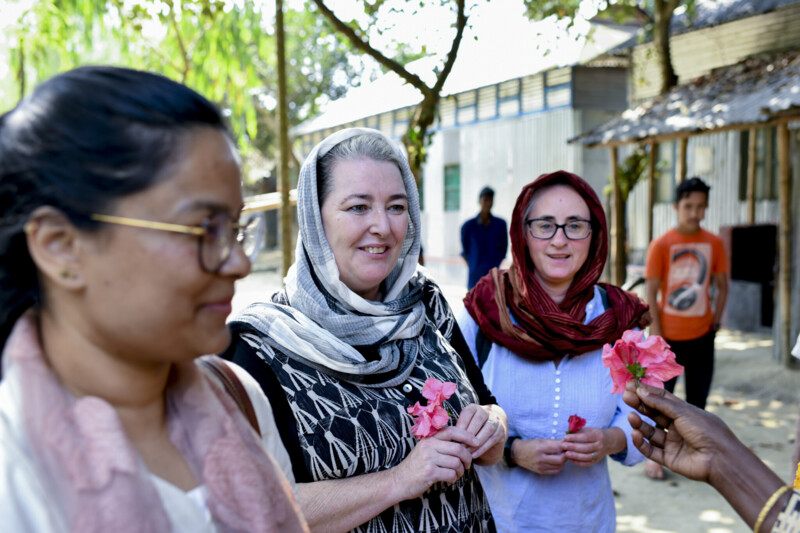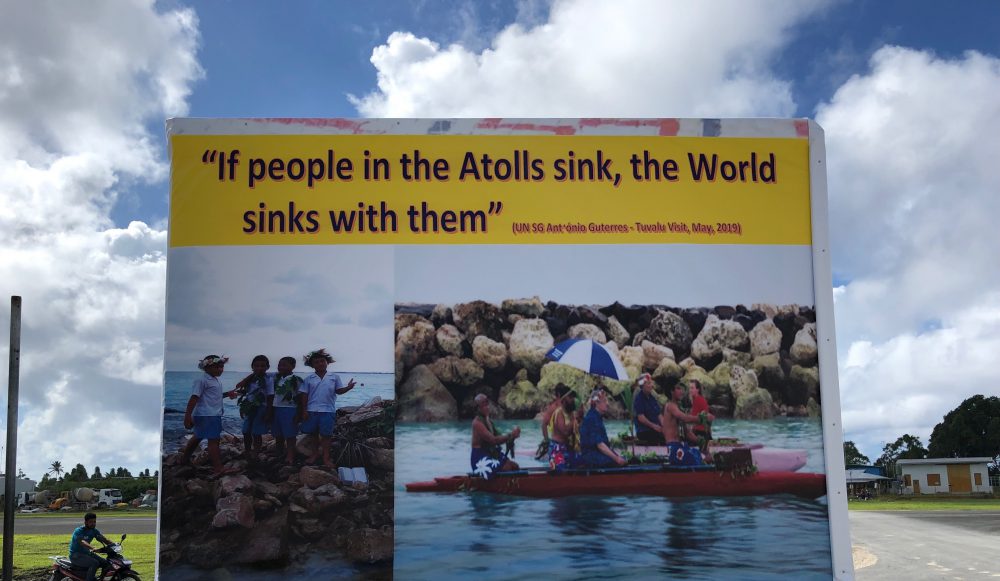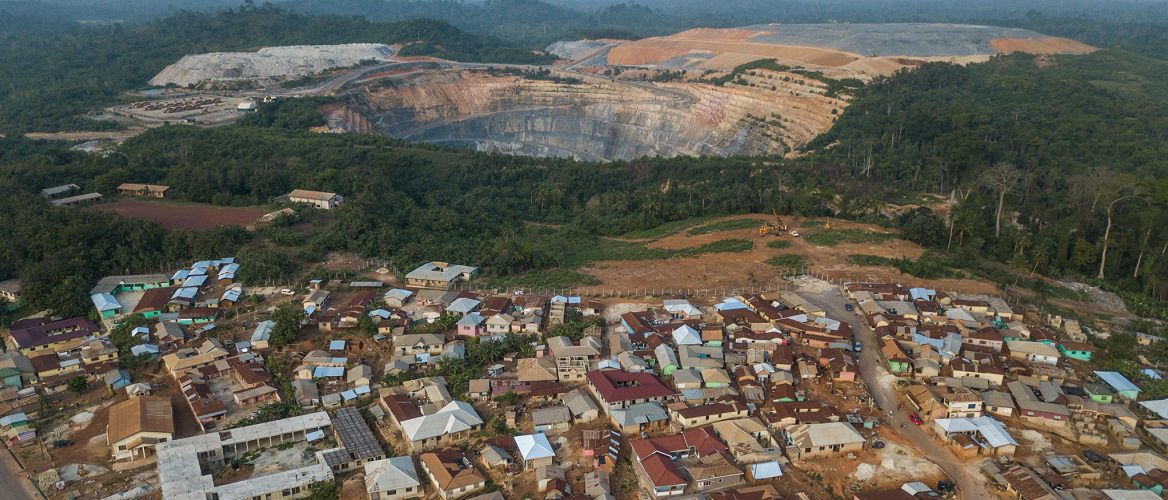Hello. I’m Ari (pictured right).
I’m almost twenty four years old. I’m a lady who loves her food, cats on the internet and travel. I’m volunteering through Australian Youth Ambassadors for Development (AYAD) in Timor-Leste.
While I’m here, I’ll be working with Oxfam within the media and communications unit. I’ve my left my safe, comfortable Sydney nest and find myself in the mayhem of Dili. I get the feeling I’m in for a year of adventures and adjustments.
I’ve spent some years growing up in Indonesia and remember hearing horror stories of Timor’s struggles for independence. Now I feel lucky and crazy enough to be here, to learn about Timor-Leste’s history, its future growth and investigate the good work Oxfam is doing on the ground.
As someone who’s passionate about the link between storytelling and social justice, I knew this was the right assignment for me.
First impressions: cement city
When articulating my first impressions, the immediate word that comes to mind is semen. Semen is the Tetun and Bahasa word for cement, and the city is sprawling with too much of it. Most structures are on the brink of dilapidation, adorned with barbed wire and a broken window or two. Random piles of rubble occupied by roosters, goats, dogs and boars are common everyday scenes.
But besides the word for cement, what else have I learnt?
Living below the poverty line
Timor-Leste’s land and sea is sitting on billions of dollars of oil and gas, but healthcare, education and other essential services are the last places the money reaches. The cost of living here is high, and approximately 41 per cent of the population live below the poverty line. Many Timorese are living on less than $1.20AU a day.
Evidence of climate change
Driving through town, you can’t help but notice the dusty, arid land, ravaged by deforestation and drought, especially now during the dry season. The town ‘river’ has no water flowing. Instead, it’s full of people digging holes to collect sand to make cement.
People talk about the hardship of the extended dry season and evidence of erosion is everywhere. With 77 per cent of the population living in rural areas, relying on subsistence farming, it’s hard to comprehend the future ramifications of climate change for Timor-Leste, and that’s one reason why I’m glad Oxfam is here.
As part of my assignment I’ll be visiting rural areas where Oxfam is implementing sustainable farming programs. I couldn’t be more excited to put on my special adventure pants and see seeds of hope for Timor’s agricultural economy in all its green glory.
Already I’ve met a vibrant community of Timorese and international people, determined to shape Timor-Leste’s future in positive ways. I’m keen to share these stories and these characters so please join me for this adventure.
Bye for now,
Ari
When food reserves run out in Timor-Leste, families face the “hungry season” head-on. Together we can fight hunger in Timor-Leste.





